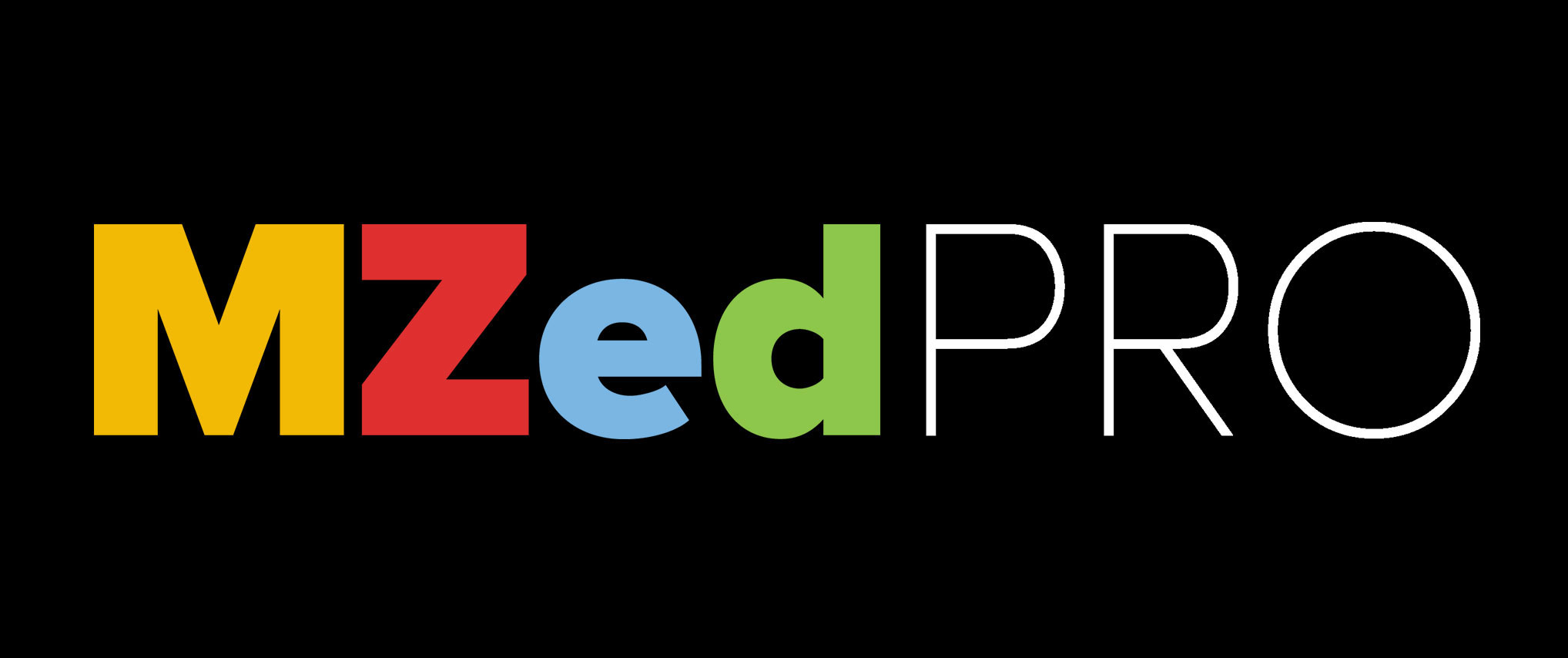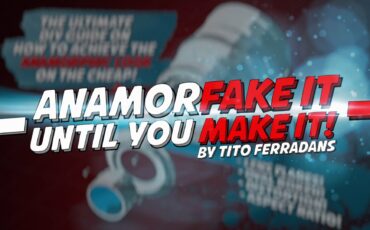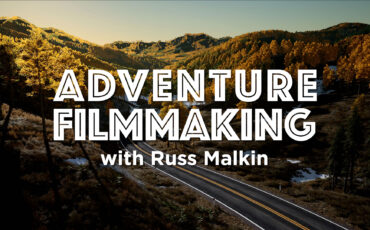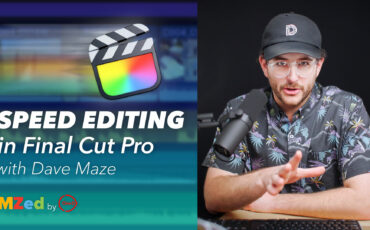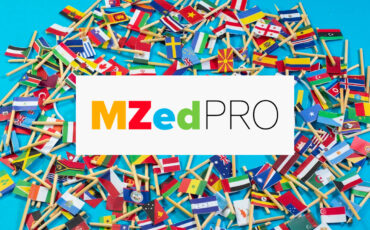How to Create a Pitch Deck for Your Film or TV Project – New MZed Course
When you’re ready to pitch your project to a producer or funder, you often only have seconds to grab their attention. A visually rich film pitch deck can make or break your chances of hearing back. Learn about our new MZed course, “Building a Pitch Deck”!
Building a Pitch Deck
In MZed’s newest course, Building a Pitch Deck, filmmaker and designer Lesley Powers shows you how to create a deck that quickly depicts your project, shares all the important details, and most importantly, makes a lasting impression. The workshop was filmed recently at Samy’s Camera in Los Angeles, with producer Graham Ehlers Sheldon adding his perspective to Lesley’s lessons.
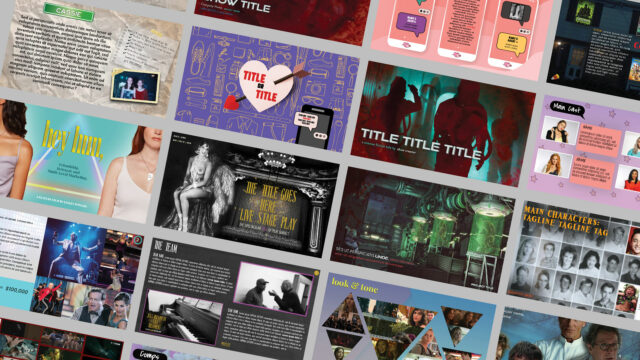
Start watching Building a Pitch Deck now
What goes in a film pitch deck?
Whether you choose to create your own pitch deck, or you want to work with a graphic designer (like Lesley Powers herself), you need to know the basic components that go into most film and TV pitch decks. The way Lesley describes a pitch deck is a digital vision board, and if you’re working with a designer, it’s essential that you know how to entrust them with bringing life to the story you’ve been working on for a long time.
The cover page
They say you shouldn’t judge a book by its cover. But with film pitch decks, the cover is most certainly getting judged instantly. As Graham says in the course, a producer might get dozens if not hundreds of pitch decks a week, so it is vital that your cover page makes a splash.
It’s not just about pretty images, your cover page has to illustrate what your film or TV project is about. The imagery you choose, the fonts, and the colors, are all doing their part to represent your project in a clear way.

The pitch / logline / top sheet
After the cover, the second most important piece of a film pitch deck is the actual pitch itself. Although this is a visual presentation, you need to have enough room for the text to say what it needs to say. The key is a balance between visual elements and easy-to-read text.
In the course, Lesley goes into detail about how to design your pitch page to be informative yet visually friendly.
The cast or host
In this part of your pitch deck, you have another chance to really stylize the look and feel so that it reflects what your film or TV project is about.
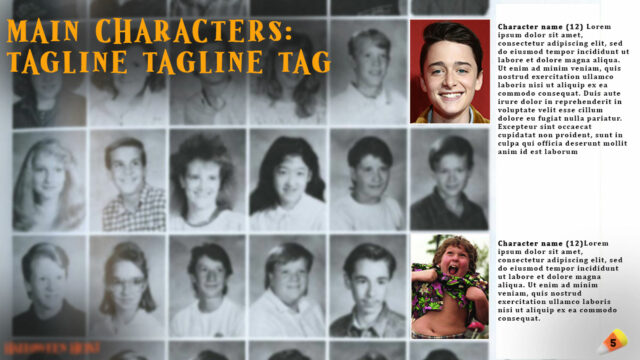
Team bios
One element that is helpful if you’re sharing a PDF pitch deck – rather than a printed one – is you can add links in the team bio page to your previous work, demo reel, professional website, or contact info.
Mood board / tone
This part of your pitch deck is where you really get to express the visual aesthetic of your film or TV project. This would be a great reason alone to get a ShotDeck subscription.
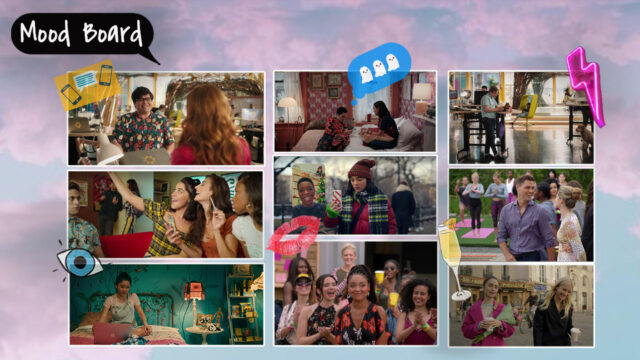
Comparisons
Producers and funders want to know what similar (and successful) films or TV series your project compares to. After all, it’s much more likely that your project will move forward if another comparable project has found an audience beforehand.
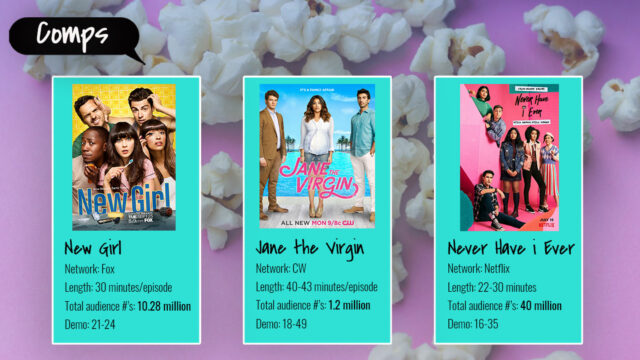
Director’s statement, creator/author, contact, and additional pages
You have a lot of flexibility with adding more pages to your film pitch deck that reflect the unique characteristics of your project. For example, you could add a section for press briefs, script excerpts, TV series season breakdowns, the story’s background or original creator, and much more. It’s up to you, and no pitch deck is the same, but always remember your audience has a limited time and attention span.
Working with a designer
If you choose to work with a designer to flesh out your pitch deck, Lesley has some tips on ensuring you find a great working partner. First, you want to be clear on rates, revisions, communication, timeline, and how you’ll share assets. Second, you’ll need to know if the designer will provide some of the copy or images, or if that is entirely your job in the relationship. And third, you’ll need to know if they’re a good fit in the first place.
So, get examples of work, be clear about your project’s genre, and make sure that the designer has the experience and understanding to give life to your vision.
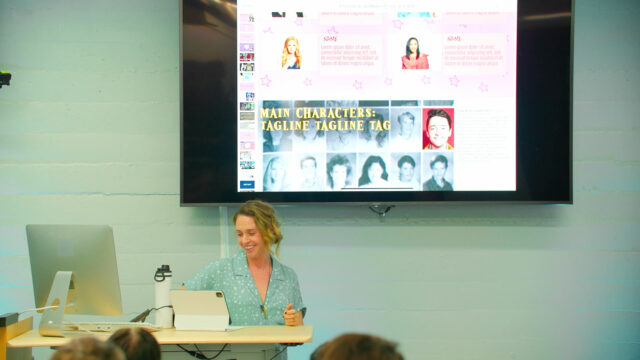
Learn more with MZed Pro
As an MZed Pro member, you also get access to over 300 hours of filmmaking education, including Building a Pitch Deck with Lesley Powers, plus we’re constantly adding more courses (several are currently in production).
For just $30/month (billed annually at $349), here’s everything you’ll get:
- 45+ courses, over 650 high-quality lessons spanning over 300 hours of learning.
- Highly produced courses from educators who have decades of experience and awards, including a Pulitzer Prize and an Academy Award.
- Unlimited access to stream all the content during the 12 months.
- Offline download and viewing with the MZed iOS app.
- Discounts to ARRI Academy online courses, exclusively on MZed.
- The majority of our courses provide an industry-recognized certificate upon completion.
- Purchasing the courses outright would cost over $8,000.
- Course topics include cinematography, directing, lighting, cameras, and lenses, producing, indie filmmaking, writing, editing, color grading, audio, and even how to launch a YouTube channel.
- 7-day money back guarantee if you decide it’s not for you.
Join MZed Pro now and start watching today!
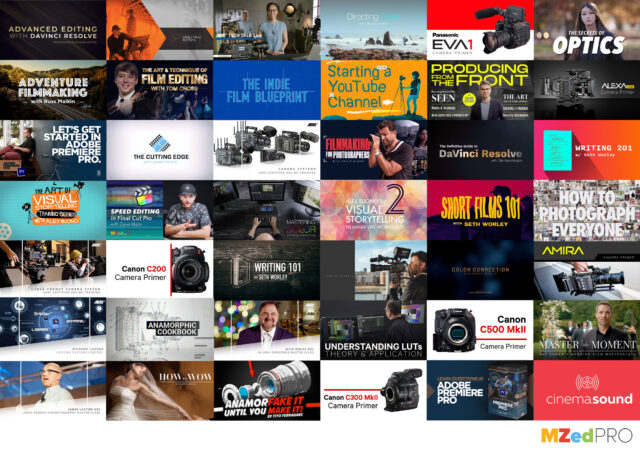
Full disclosure: MZed is owned by CineD



